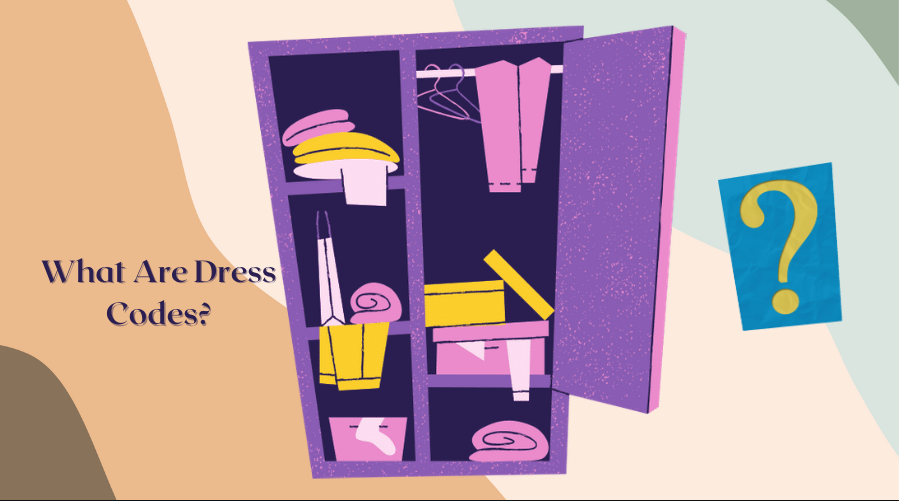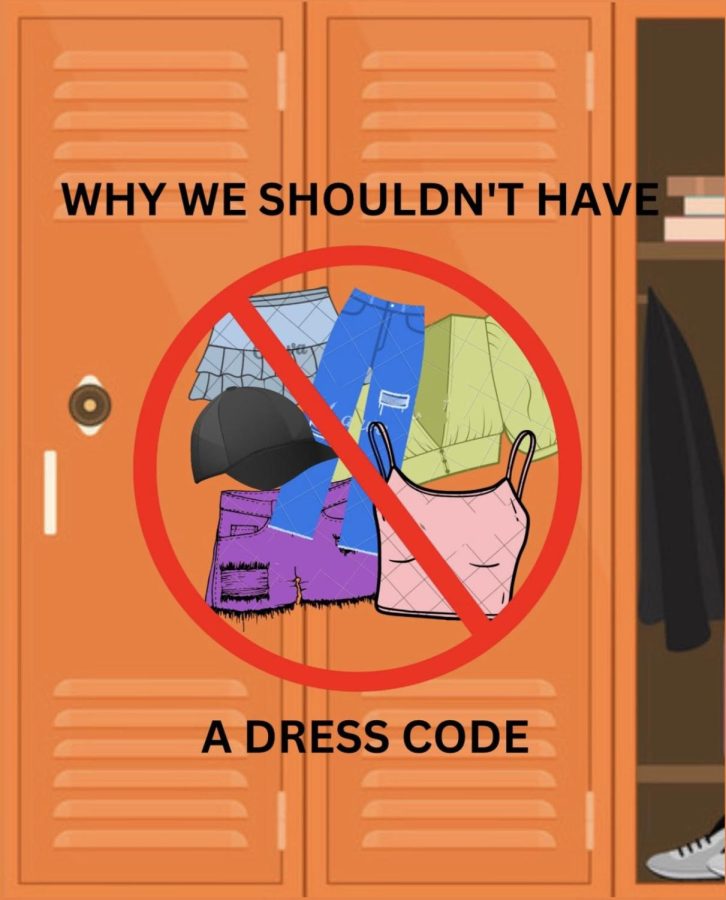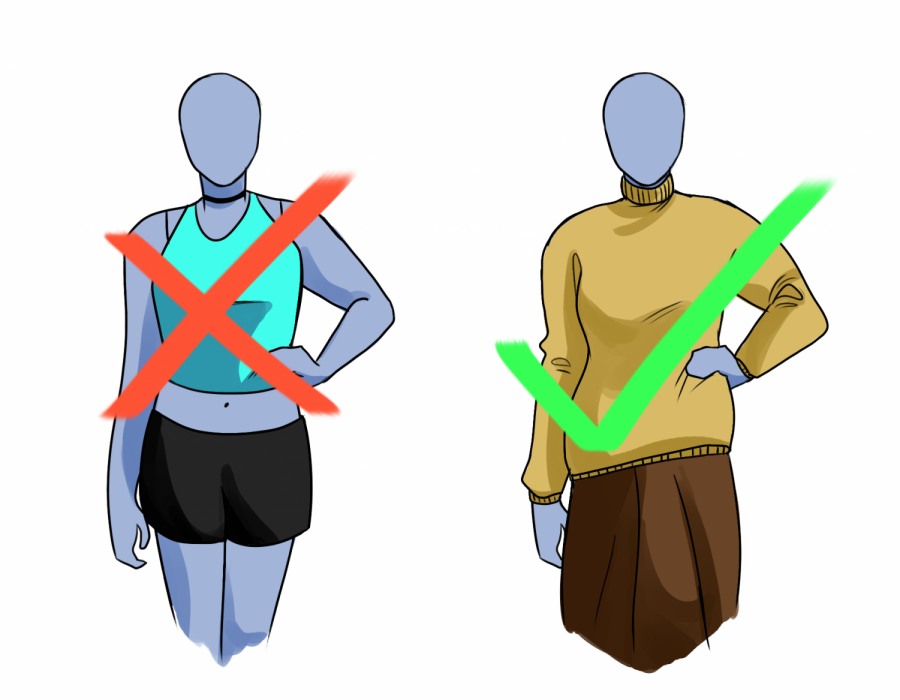The Dress Code Dilemma
March 7, 2023
Elkins High School Students’ provide their opinions on the current and conceptual idea of Dress Codes. Should the Dress Code be changed or kept the same? Or removed completely? How does this affect students’ learning environment?
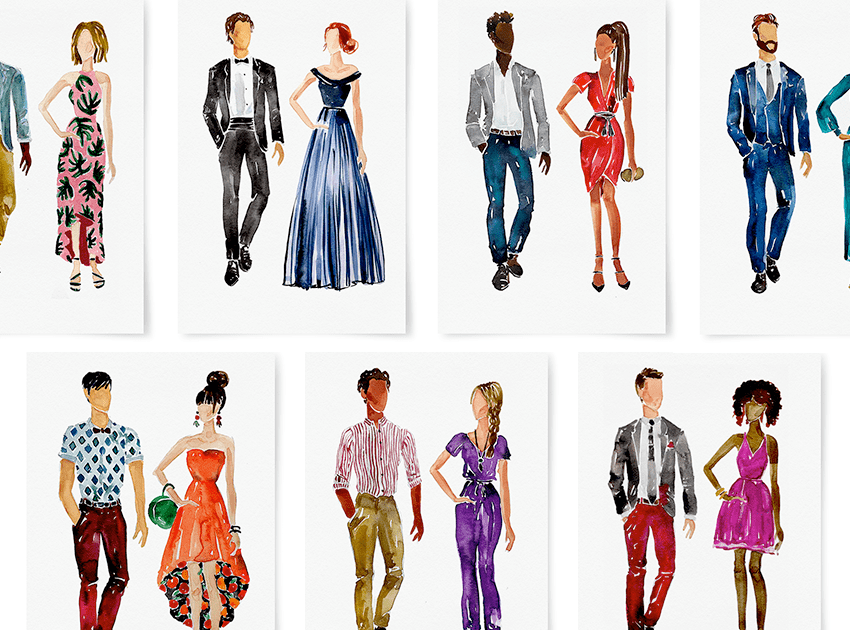
What Are Dress Codes?
What Are Dress Codes?
Dictionary.com defines a “dress code” as “a set of rules specifying the garb or type of clothing to be worn by a group or by people under specific circumstances”. Dress codes are usually put in place by schools and employers, and the people they affect are required to abide by those rules during school or work hours.
Why do we have Dress Codes?
Organizations have dress codes to promote an image. For a company, it might be neatness, professionalism, and knowledge. Schools have a similar objective. They often want to convey safety, learning, and appropriateness.
The U.S. Supreme Court first weighed in on student expression in 1969. The case (Tinker vs. Des Moines Independent School District) was brought about by high school students protesting the Vietnam War by wearing black armbands. These protests were passive of course, however, the Court reached the decision that schools can limit what students are able to wear. Another reason a school might implement dress codes is because of the preparations it gives the students for a professional environment in their later life.
Why do some oppose Dress Codes?
Some oppose dress codes because of the outdated and sexist stereotypes associated with them. Dress codes are often restrictive and feminine-targeted, limiting how students can express themselves. According to thisisgendered.org, dress codes implemented in schools affect students’ mental health. It states that restrictive dress codes convey a shaming of women’s bodies. A common sentiment is that the problem does not lie with policing women. Others argue that Dress codes continue to maintain a safe learning environment and are necessary.
A survey was taken during EHS lunch shifts. The Majority of students thought that the Dress Code should be changed in some form. 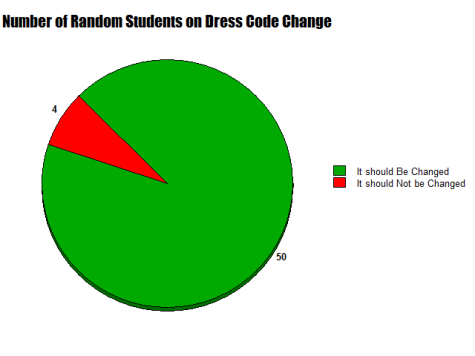 A collection of yearbook photos from past years at EHS have been garnered in order to compare the previous fashion status quo.
A collection of yearbook photos from past years at EHS have been garnered in order to compare the previous fashion status quo.
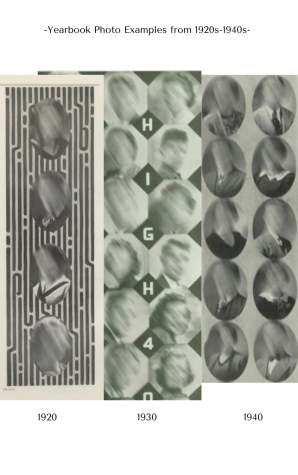
The clothing in these photos lacks variety. Most of the women wear a blazer or sailor collar and most men a suit.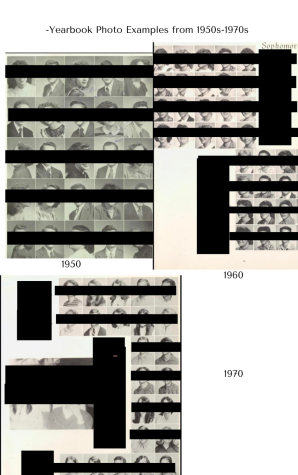
This time era tends to replicate and also stray from the previous one. There is more variety in the type of clothing, however, the clothes are still considered to be formal.
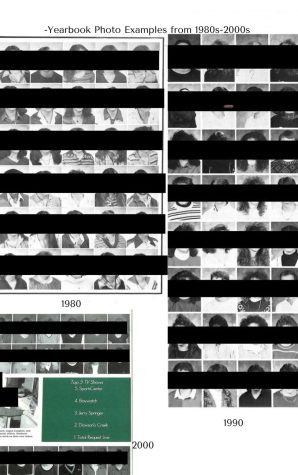
This era is the one that stands out most. Not only does the type of garment change, but also patterns and cuts change. Stripes, short sleeve shirts, and color-block designs are popular.
Some believe these changes are due to more freedom and room to express oneself with clothing. Many also speculate whether school is a place for self-expression and if it should primarily focus on education. The Dress Code debate is an active one, and new takes are being made every day.
We Shouldn’t Have a Dress Code
Most schools enforce a dress code in order to promote a professional atmosphere. Dress codes in schools emphasize academics and promote good behavior by students. But are dress codes the best way to achieve these goals?
Although a dress code could reduce bad behavior and highlight learning, it also teaches children to conform to the “socially accepted norm”. By teaching children to conform to these rules, it suppresses their individuality. School-aged children who grow up with a strictly enforced dress code are susceptible to feeling the need to fit in.
Dress codes also reinforce outdated stereotypes. The difference between male and female dress codes significantly differ. Most female dress codes include more restrictions than males’.
Instead, we should be teaching students to dress appropriately based on the context and not by the interpretation. Dress codes do not facilitate this learning. Schools should also teach school-aged children how to be respectful towards others’ bodies.
We Should Keep the Dress Code
When people hear the words “Dress Code,” the first thing that comes to mind is usually a set of strict rules for how students should dress. In a way, that’s true. But it is also there to help students and staff to keep a safe learning environment for everyone.
Dress Code can be a very touchy subject for some, but others aren’t really bothered. In a conversation with several high school teachers, they both said that they think dress code is a good thing. But one even thinks we should have uniforms. “I think it would be easier to just throw on dark jeans, and tuck in a polo,” she says confidently as she continues to talk about the uniforms at her previous work place. “ If there were no Dress Code, it would absolutely be taken advantage of,” states a history teacher. Personally, the Dress Code doesn’t affect what I wear every day, so I agree with it, but for others, it may be different.
Yes, I think that students should be able to express who they are, but I also think Dress Code is not the way to do it. The Dress Code is honestly there to protect students, when in reality people just see it as rules. And I understand that it does affect some people’s day attire, but then again you can’t show up to public places, dressed half clothed. And I’m not saying that everyone would show up dressed inappropriately, but they are some that would definitely be taking advantage.
Let’s Talk Uniforms
Uniforms in schools, is this the best choice? Well, most American schools don’t follow a uniform mandated dress code. Letting students have free self expression, but what consequences does this self expression bring? Some might say they’ve made friends from similar styles, but some may experience bullying. A social hierarchy, made from student’s appearances. School uniforms could aid the bullying crisis, but it would also conceal styles. I think our school system is more directed towards the feminine styles. The dress code is supposed to pertain to everyone, but does it really? Truly examine what you see, body types are discriminated against for their size. Gender plays an extreme role in leeway for clothing. Body discrimination shouldn’t be tolerated, we need a more accepting dress code.
Less worry about buying those new and fashionably relevant clothes and accessories. The average American will spend around $290 on electronics or technology related needs or wants for the school year. Around $270 is spent only on clothing, that’s the price disregarding shoes and accessories. An estimated $170 is spent on shoes and $150 on school supplies. That’s an average of $880 for one student a year. West Virginia carries 683 public schools, and 263,486 public school students. In 2019 20% of West Virginia’s public school students were in poverty, which is a total of 69,975 kids. Most of those kids don’t have the same amount of money and opportunities to have the new street styles, and basic necessities.
West Virginia Policy 4373 abides by, This rule sets the requirements for the development of safe and supportive schools that provide optimal learning conditions for both students and staff. Safety and order is the foundation of a positive climate/culture that supports student academic achievement and personal-social development. This rule also establishes disciplinary guidelines for student conduct in West Virginia schools to assure an orderly, safe, drug-free, violence and harassment-free learning environment. “Harassment free learning environment”, bullying over clothing fits into this statement. Lack of acceptance for classmates’ appearances, any category but it’s still discrimination. Our dress code is loosely bound together, occasionally you see someone get dress coded. Some clothes people wear may make others uncomfortable. Bringing others self-confidence down, and a social hierarchy over appearances. Would these issues exist with a stricter dress code? I don’t think they would.
School uniforms average around $150, compared to $880 that’s saving a lot of money. But with school uniforms comes conflict. Self expression would be limited, but are you willing to wear uniforms?
